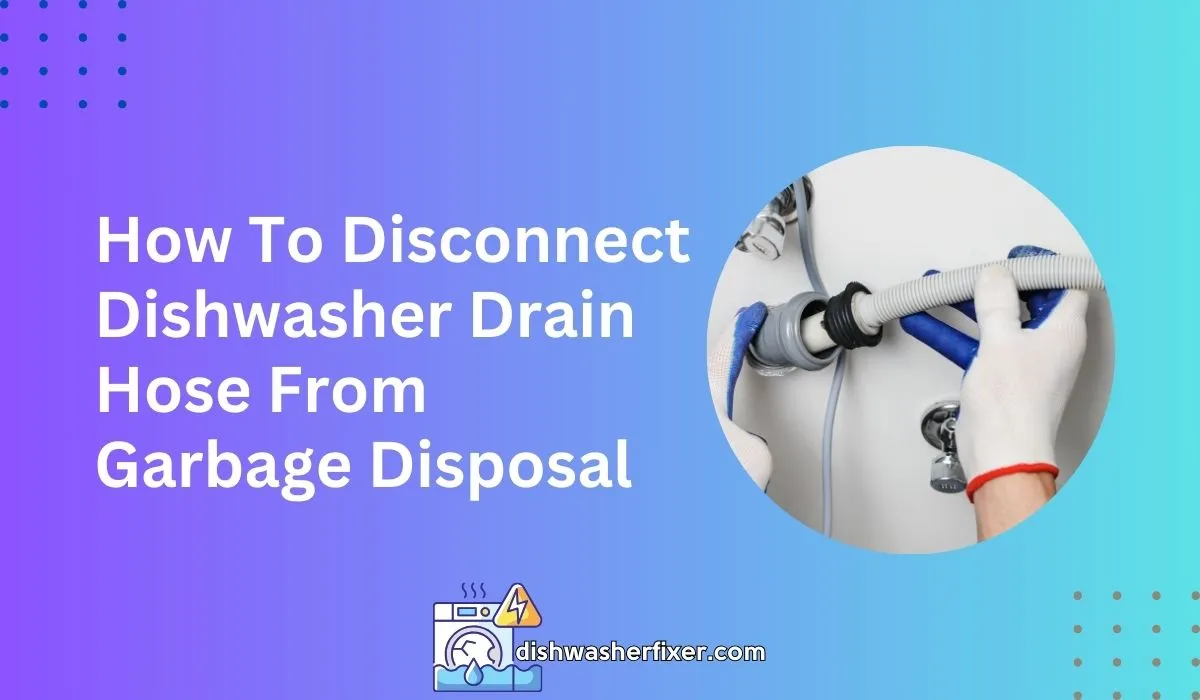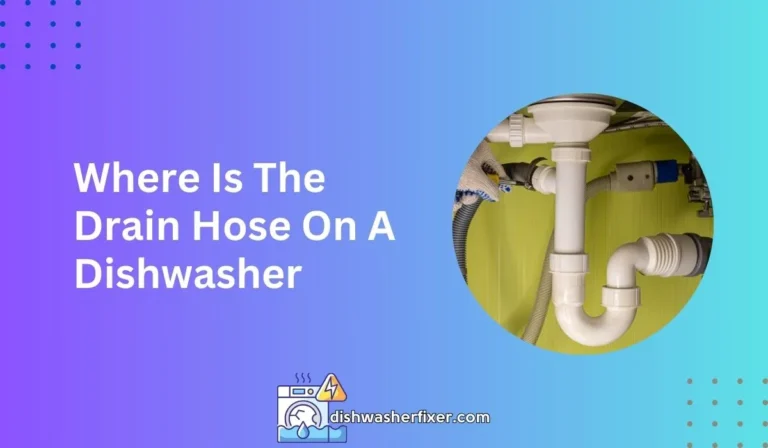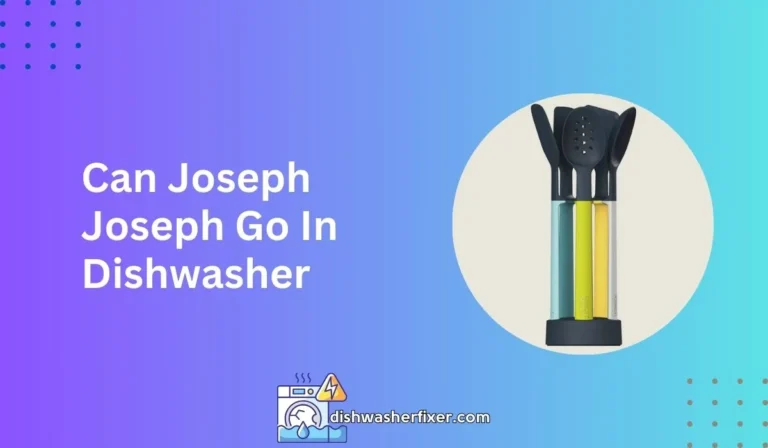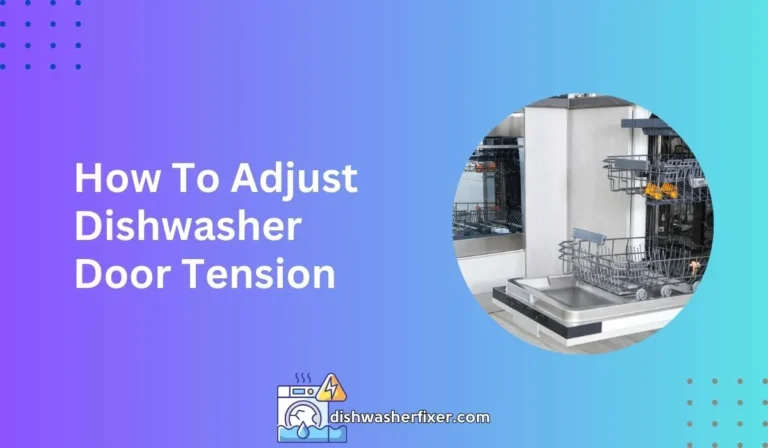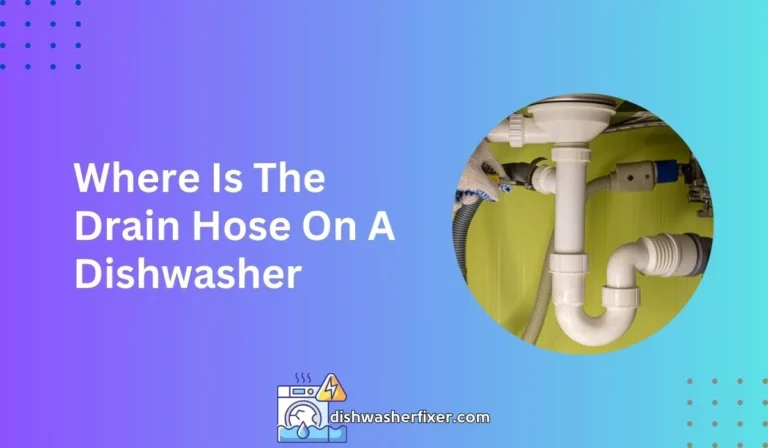How to Disconnect Dishwasher Drain Hose from Garbage Disposal
To disconnect a dishwasher drain hose from a garbage disposal, first turn off the power and water supply. Use pliers to loosen the hose clamp, then gently wiggle the hose off the disposal’s nipple. Ensure to have a bucket ready to catch any residual water.
Preparation and Safety Measures
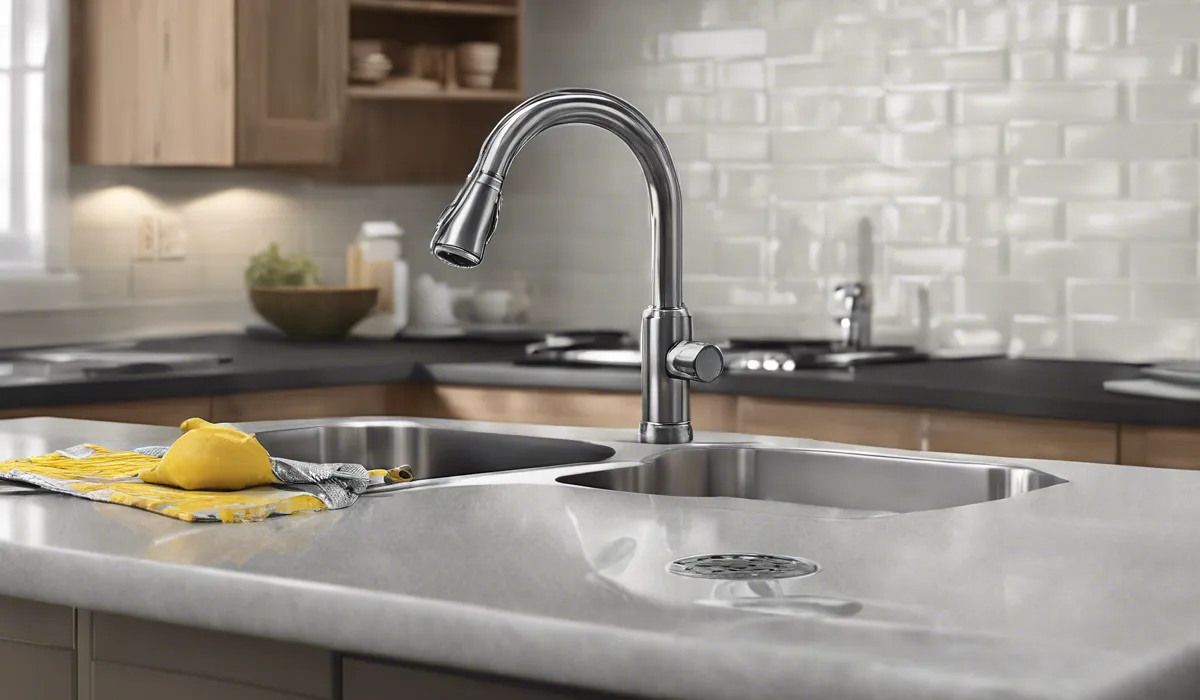
Turning Off Utilities
Before beginning any work on your dishwasher and garbage disposal, it’s crucial to ensure that both the power and the water supply are turned off.
This step is fundamental to prevent any accidents, such as electrical shock or water spillage, while you are working.
Locate your home’s breaker box and turn off the circuit that powers both the dishwasher and the garbage disposal.
Additionally, turn off the water supply valve usually found under the sink to prevent any water from flowing while you are disconnecting the hose.
Gathering Your Tools
Once you have secured the area by turning off the utilities, gather all necessary tools for the job.
You will need a screwdriver and pliers to remove clamps or locking mechanisms, a bucket to catch any residual water, and towels to dry off any spillage. Having the right tools at hand will make the process smoother and faster.
Clearing the Work Area
Clearing the area under the sink is essential for easy access and maneuverability. Remove any cleaning products, sponges, and other items stored under the sink.
Ensure you have enough light to see what you are doing, which might mean bringing in an additional lamp or flashlight.
Ensuring Personal Safety
Your safety should always come first. Besides turning off the power and water supply, make sure you are wearing appropriate clothing, such as gloves to protect your hands from sharp edges.
Disconnecting the Dishwasher Drain Hose
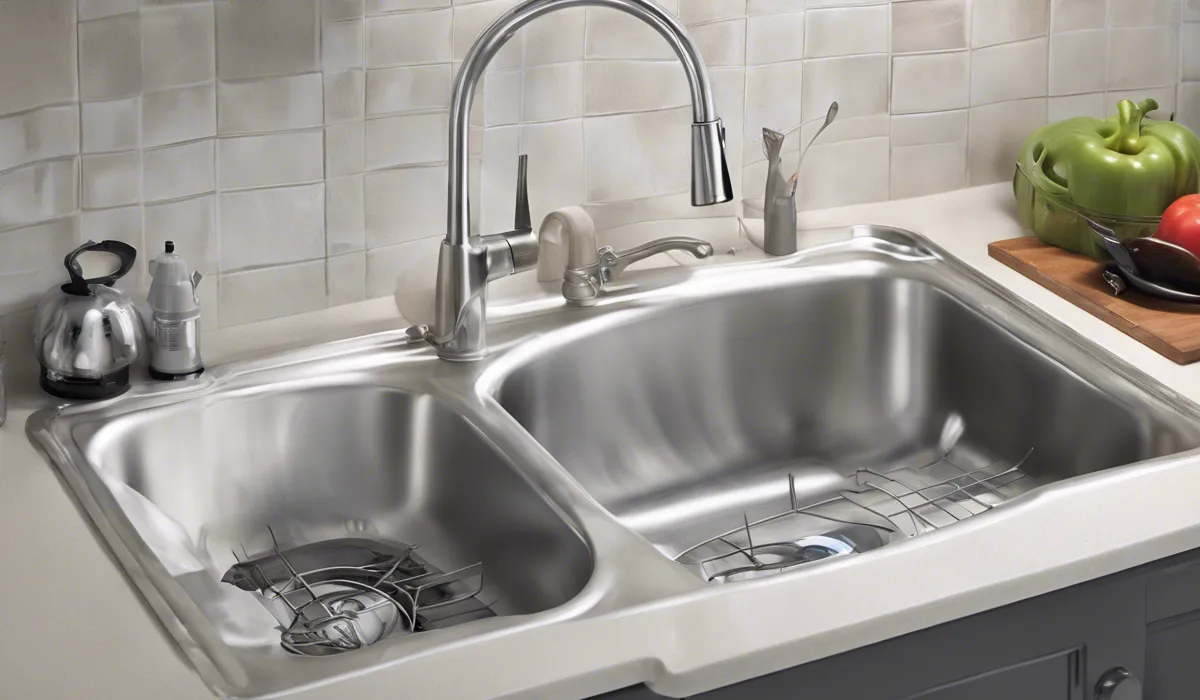
Locating the Dishwasher Drain Hose
The dishwasher drain hose usually connects to the garbage disposal at a nipple-like extension. In some cases, it might be connected to the sink drain if there’s no garbage disposal installed. Take a moment to identify the connection point before proceeding.
Positioning the Bucket
Place a bucket directly under the connection point to catch any water remaining in the hose or garbage disposal. This step is important to avoid any mess under the sink and prevent water damage to your cabinet.
Removing the Clamp or Locking Mechanism
Use your pliers or screwdriver to loosen the clamp or locking mechanism that holds the dishwasher drain hose in place.
Some clamps may require squeezing or twisting, while others might have screws that need to be turned. Once the clamp is loose, carefully slide it away from the connection point to free the hose.
Detaching the Hose from the Garbage Disposal
With the clamp removed, gently wiggle the hose to ease it off the garbage disposal nipple.
Be patient and avoid using excessive force, as you do not want to damage the hose or the nipple. If the hose is stuck, you may need to carefully use a flathead screwdriver to pry it loose.
Post-Disconnect Clean-Up and Maintenance

Inspecting for Damage or Clogs
Once the hose is disconnected, take a moment to inspect both the hose and the garbage disposal nipple for any signs of damage or clogs.
Look for cracks, brittleness, or any blockages that could impede water flow. If you find a clog in the nipple, you can use a tool like a pipe cleaner or a specialized brush to clear it out.
Cleaning the Hose and Garbage Disposal Inlet
Use this opportunity to clean any debris from the hose and around the garbage disposal inlet. A mixture of warm water and vinegar can be effective for cleaning and deodorizing the hose. Rinse thoroughly and dry before reconnecting or storing the hose.
When to Replace the Dishwasher Drain Hose
If you notice signs of wear or damage, such as cracks or significant discoloration, consider replacing the hose.
A damaged hose can lead to leaks and water damage under your sink, so it’s better to address this issue promptly. You can typically find replacement hoses at your local hardware store or through online retailers.
Reassembling Everything
After cleaning and inspecting, if the hose is in good condition, you can reattach it to the garbage disposal or store it if you are replacing it with a new one.
Ensure that the clamp or locking mechanism is securely fastened to prevent any leaks when the dishwasher is in use. Turn the water and power supply back on, and run a test cycle to make sure everything is functioning correctly.
FAQs About Disconnecting Dishwasher Drain Hose from Garbage Disposal
How do I prepare to disconnect a dishwasher drain hose from a garbage disposal?
Before disconnecting, turn off the power to the dishwasher and garbage disposal at the circuit breaker and shut off the water supply to prevent any accidents or leaks.
What tools do I need to disconnect the dishwasher drain hose?
You will need pliers to loosen and remove the hose clamp that secures the dishwasher drain hose to the garbage disposal.
How do I remove the dishwasher drain hose from the garbage disposal nipple?
After loosening the hose clamp with pliers, gently wiggle the hose back and forth until it slides off the disposal’s nipple.
What should I do to handle residual water when disconnecting the drain hose?
Have a bucket ready to catch any residual water that may spill out when you remove the hose from the garbage disposal.
Is it safe to disconnect the dishwasher drain hose myself?
Yes, it is generally safe to disconnect the dishwasher drain hose yourself as long as you follow the safety steps of turning off the power and water supply before starting the process.
Final Thoughts
When disconnecting a dishwasher drain hose from a garbage disposal, safety is paramount: turn off both power and water. Pliers will be necessary to loosen the clamp securing the hose.
Removing the hose should be done with caution to prevent damage, and a bucket should be placed underneath to catch any dripping water.
